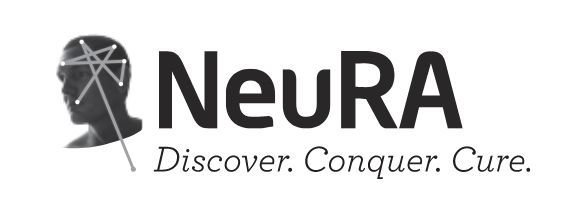PEDro is an excellent source of high-quality clinical research to answer clinical questions about the effects of physiotherapy interventions. We have put together 10 tips to help you get started or enhance your skills with PEDro searching.
- Think about (and record) your clinical question before you start searching. The ‘PICO’ memory aid will help ensure that all key elements are included in your question: the Patient, Intervention, Comparator, and Outcome.
- For each element of your PICO question, jot down a couple of words that capture the concept and can potentially be used as search terms. For example, the word ‘cue’ could be used to summarise an intervention involving gait training using visual or auditory cues. Entering search terms for two PICO elements is a good starting point for performing your search.
- Use the PEDro Advanced Search interface. This contains 13 search fields that can be used to specify the elements of your clinical question. Six fields contain drop-down lists (Therapy, Problem, Body Part, Subdiscipline, Topic, Method). The terms in these lists are applied to all articles indexed in PEDro by trained raters. For example, the term ‘Gerontology’ in the Subdiscipline field could be used for the patient group of older people. You can type words into four free-text fields (Abstract & Title, Author/Association, Title Only, Source).
- Use advanced search features in free-text fields (eg, Abstract & Title). Truncation allows you to search for words that start (or end) with the same string of text. For example, cue* will return articles that contain the words cue, cueing and cues, and *feedback will return articles that contain the words feedback, biofeedback and myofeedback. Words that occur together can be searched for as a single term using inverted commas. For example, “blood pressure”.
- Only enter English words in the Abstract & Title and Title Only fields.
- Don’t use Boolean Operators (AND, OR, NOT) in free-text fields.
- If your search returns too many articles, click on the “Continue Searching (Advanced)” hyperlink and add more terms to make your search more precise.
- If your search returns too few (or no) articles, click on the “Continue Searching (Advanced)” hyperlink and remove or change your search terms.
- If you are new to PEDro searching, watch the “How to perform a PEDro Advanced Search” video. This video is available in English, Simplified Chinese, Traditional Chinese, Portuguese, German, French, Spanish, Italian, Japanese, Korean, Tamil, and Dutch.
- If you have performed a PEDro Advance Search before, watch the “How to optimise PEDro searching” video. This video is available in English, Portuguese, German, French, Spanish, Italian, Japanese, and Tamil.
Your ability to read scientific articles reporting the results of systematic reviews will improve with practice. Make the commitment to read at least one article per month and share your reading with the global physiotherapy community in #MyPTArticleOfTheMonth.



